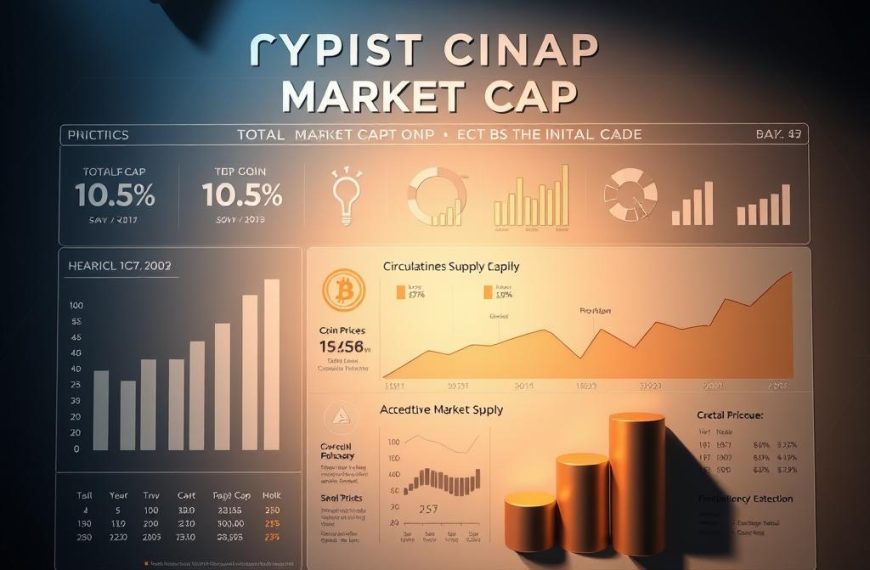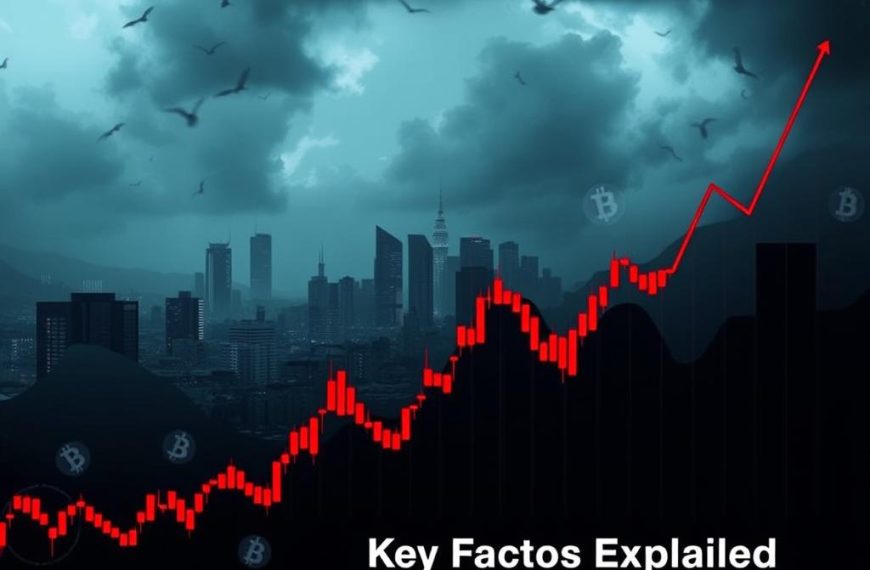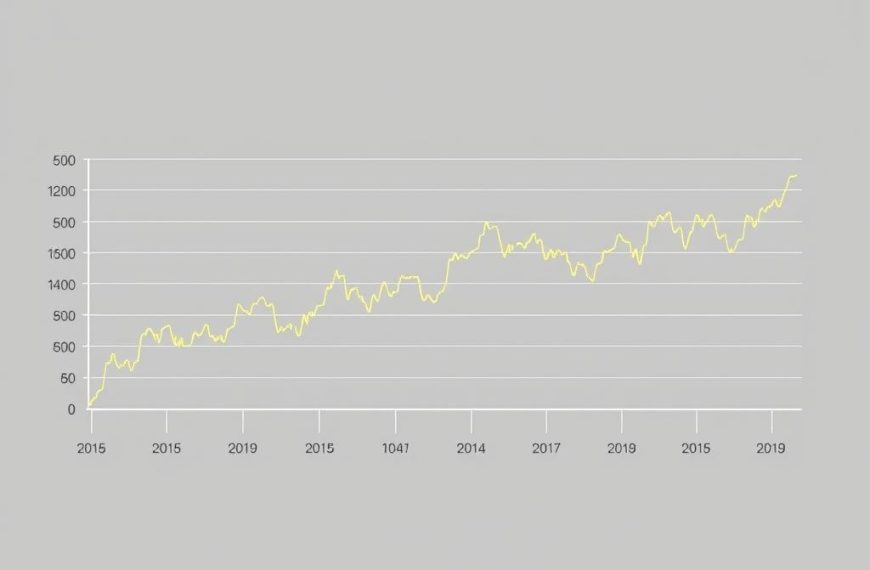Flag patterns are vital tools in technical analysis. They help predict market movements and offer insights into price directions1.
These patterns emerge after sharp price shifts. They create a unique visual of market momentum1. The pattern has two parts: a flagpole and a consolidation phase2.
Flag patterns boast a 70% accuracy rate. This makes them valuable for technical traders1. They can be spotted in stocks, forex, and cryptocurrencies2.
These patterns often appear in short time frames. This allows traders to make quick, informed decisions1. Traders use them to identify entry points and set stop-loss levels2.
Mastering flag patterns requires practice and observation. Market conditions can affect their reliability. Combining them with other indicators can improve trading strategies2.
What Is a Flag in Trading?
A flag in trading is a technical analysis pattern. It helps traders spot potential trend continuation. This pattern has two key parts: the flagpole and the consolidation phase.
Traders use flag patterns to grasp market dynamics. They predict possible price movements with these patterns. The visual representation of this pattern resembles an actual flag, which gives it its distinctive name.
Understanding the Flagpole Component
The flagpole shows a sharp price movement. It sets the initial trend direction3. This part typically comes from strong trending markets.
It also emerges from significant price momentum. Large-bodied candles indicate decisive market sentiment in this phase.
- Strong trending market environments
- Significant price momentum
- Large-bodied candles indicating decisive market sentiment
The Consolidation Phase
After the flagpole, a consolidation phase occurs. Price movement narrows and goes against the initial trend4. This phase has specific traits.
- Smaller price bars
- Reduced trading volume
- Parallel trendlines defining the pattern
Pattern Formation Elements
To spot flag patterns, traders must know key elements3. They look for a clear initial trend. Precise parallel trendlines are also important.
- A clear initial trend
- Precise parallel trendlines
- Consolidation lasting 5-20 price bars
- Potential breakout signals
Mastering these components helps traders use flag patterns effectively. They can boost their strategies and make smarter choices.
Types of Flag Patterns and Their Characteristics
Flag patterns help traders spot potential trend continuations in financial markets. These powerful tools aid in predicting market movements more accurately. Traders use flag patterns to enhance their technical analysis5.
Bullish Flag Pattern Dynamics
Bullish flag patterns appear during uptrends, signalling possible continued price growth. They have a unique structure that traders can identify6.
- A sharp upward price movement (flagpole)
- A downward-sloping consolidation phase7
- A breakout above the flag’s upper boundary6
Bearish Flag Pattern Characteristics
Bearish flag patterns form during downtrends, showing an opposite yet symmetrical formation7. They have key elements that traders look for.
- A steep downward price movement
- An upward-sloping consolidation phase
- A breakdown below the flag’s lower trendline6
Volume Patterns in Flag Formations
Volume is crucial in confirming flag patterns. Traders watch for specific volume behaviours to verify the pattern’s reliability.
- High volume during the initial price movement
- Decreased volume during the consolidation phase5
- A notable volume spike during the breakout7
Grasping these subtle traits helps traders spot potential opportunities. It also allows them to manage risk more effectively6.
How to Identify and Trade Flag Patterns
Flag patterns offer potential market opportunities. They consist of a strong trend followed by a consolidation phase. Traders must understand the pattern’s structure and wait for breakout confirmation.
A systematic approach is key to identifying these patterns. Recognising the distinct price movement is crucial for successful trading.
- Identify the initial trend movement (flagpole)
- Observe the consolidation phase with parallel trendlines
- Wait for breakout confirmation with increased volume8
Flag patterns typically manifest in two primary forms:
- Bullish Flag: Occurs during an uptrend, with downward-sloping trendlines8
- Bearish Flag: Appears in a downtrend, featuring upward-sloping trendlines8
Successful flag pattern trading demands patience and precise entry points.
Strategic risk management is crucial when trading flag patterns. Traders often use stop-loss orders just outside the flag’s trendlines. Recommended risk-reward ratios are 1:2 or 1:38.
The profit target can be estimated using the flagpole’s length. It’s projected from the breakout point9. This helps traders set realistic goals.
Advanced traders enhance their strategy with additional technical indicators. Moving averages and volume analysis can increase the probability of successful trades9.
Essential Components for Successful Flag Pattern Trading
Flag pattern trading requires a strategic approach to risk management. Traders must carefully consider entry points, stop-loss placement, and profit targets. A disciplined methodology balancing opportunity with calculated risk is crucial1011.
Entry points are vital in flag pattern trading. The best time to enter is when price breaks out of the flag formation. Traders should look for clear breakout signals and volume confirmation1011.
Stop-loss orders help manage potential losses. They’re often placed on the opposite side of the flag pattern. This strategic placement protects trading capital11.
Profit targets can be set using various methods. A common approach measures the flagpole’s height and projects it from the breakout point10. Risk management is crucial for successful trading.
Traders should maintain favourable risk-reward ratios. It’s important to consider the pattern’s characteristics across different timeframes11. Implementing these components helps develop a robust flag pattern trading strategy.
FAQ
What exactly is a flag pattern in trading?
A flag pattern is a technical analysis formation signalling a potential trend continuation. It consists of a sharp price movement (flagpole) and a consolidation phase. The price moves in a narrow range before potentially breaking out in the original trend direction.
How can traders differentiate between bullish and bearish flag patterns?
Bullish flags have an upward flagpole with a downward-sloping consolidation phase. This indicates potential upward price continuation. Bearish flags have a downward flagpole with an upward-sloping consolidation phase. This suggests potential downward price movement.
What role does volume play in confirming flag patterns?
Volume is crucial in validating flag patterns. The flagpole movement typically shows high volume, indicating strong market momentum. During consolidation, volume usually decreases. A breakout should have increased volume, confirming the pattern’s reliability.
How long do flag patterns typically last?
Flag patterns can vary in duration across different timeframes. They generally represent short to medium-term consolidation periods. These can last from a few days to several weeks, depending on the market and trading instrument.
What are the key elements for successfully trading flag patterns?
Successful flag pattern trading involves identifying a clear initial trend movement. Traders should wait for a confirmed breakout and use appropriate entry points. Strategic stop-loss placement and realistic profit targets are crucial.
Maintaining disciplined risk management with favourable risk-reward ratios is also essential. These elements help traders navigate flag patterns effectively.
Can flag patterns be used across different financial markets?
Yes, flag patterns are versatile and applicable across various financial markets. These include stocks, forex, commodities, and cryptocurrencies. They work best in markets with sufficient liquidity and trading volume.
How do traders protect against false flag pattern signals?
Traders can mitigate risks by waiting for clear breakout confirmation. Using volume as a validation tool and combining flag pattern analysis with other indicators helps. Setting appropriate stop-loss levels is crucial.
Avoiding trades during low market volatility or significant economic events also reduces false signals. These strategies help traders navigate flag patterns more effectively.
Source Links
- Flag Pattern: Definition, Types, and How to Trade
- Bull Flag Chart Patterns – The Complete Guide for Traders
- Bull Flag and Bear Flag Trading Explained
- #2: Flag Pattern Trading Strategy | TradingwithRayner
- Flag Pattern – Meaning, Types and How to Trade
- Flag Pattern – Definition, Characteristics and Types
- Flag Patterns – Identification, Types & Strategies | Religare Broking
- How Can You Identify and Trade Bull and Bear Flag Patterns?
- How to Identify and Trade the Bull and Bear Flag Patterns – CoinSwitch
- What Is a Flag Pattern? Definition and How to Trade
- What are Flag Chart Patterns in Trading & How to Trade Them? / Axi


















